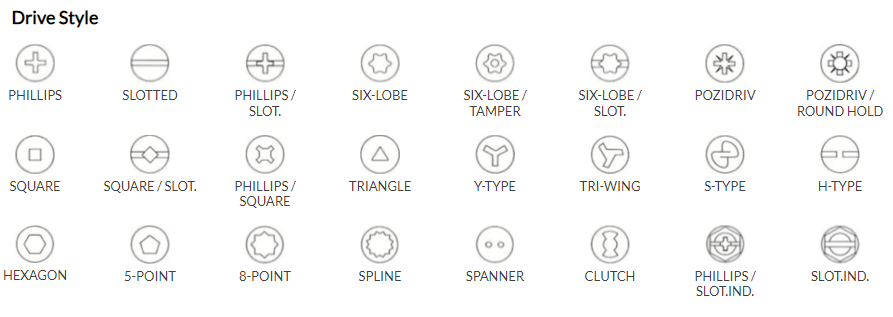Jan . 26, 2025 04:36
Back to list
curved spring washer
Curved spring washers, often overlooked yet indispensable in numerous applications, form a critical component in mechanical assemblies. Their unique design provides a flexible and cost-effective solution to common engineering challenges, such as maintaining tension and reducing vibration. These washers, also known as Belleville washers, are conical-shaped metal discs that offer numerous benefits across various industries.
Beyond their mechanical properties, curved spring washers are also favored for their ease of installation and maintenance. Their compact design simplifies integration into existing systems, and their long service life reduces the need for frequent replacements. For industries aiming to minimize downtime and improve operational efficiency, these factors make curved spring washers a practical choice. Additionally, because curved spring washers can be stacked in different configurations, they offer a scalable solution to increase load capacity. This stacking capability allows for fine-tuning of the mechanical response to variable conditions, providing engineers with the ability to tailor the force-displacement curve to their exact requirements. Whether used alone or in packages, they offer a multitude of solutions for complex engineering challenges. The credibility of curved spring washers as a reliable choice in fastener assemblies is reinforced by industry standards and regulations, which ensure quality and performance. Compliance with ISO and DIN standards guarantees that these components meet rigorous criteria for dimensional accuracy, material quality, and performance reliability. Purchasing from reputable manufacturers further enhances trust, offering products that adhere to stringent quality controls and provide detailed technical support for successful implementation. In summary, curved spring washers are more than mere support components; they are pivotal in enhancing the safety, reliability, and performance of mechanical systems. Their versatility in application, material, and design make them essential in fields that demand precision and durability. By understanding the intricacies of their function and material properties, industries can leverage these washers to optimize their products, ultimately leading to innovations in consumer and industrial applications. Their understated, yet impactful presence in engineering speaks volumes to their indispensable nature in modern mechanical design.


Beyond their mechanical properties, curved spring washers are also favored for their ease of installation and maintenance. Their compact design simplifies integration into existing systems, and their long service life reduces the need for frequent replacements. For industries aiming to minimize downtime and improve operational efficiency, these factors make curved spring washers a practical choice. Additionally, because curved spring washers can be stacked in different configurations, they offer a scalable solution to increase load capacity. This stacking capability allows for fine-tuning of the mechanical response to variable conditions, providing engineers with the ability to tailor the force-displacement curve to their exact requirements. Whether used alone or in packages, they offer a multitude of solutions for complex engineering challenges. The credibility of curved spring washers as a reliable choice in fastener assemblies is reinforced by industry standards and regulations, which ensure quality and performance. Compliance with ISO and DIN standards guarantees that these components meet rigorous criteria for dimensional accuracy, material quality, and performance reliability. Purchasing from reputable manufacturers further enhances trust, offering products that adhere to stringent quality controls and provide detailed technical support for successful implementation. In summary, curved spring washers are more than mere support components; they are pivotal in enhancing the safety, reliability, and performance of mechanical systems. Their versatility in application, material, and design make them essential in fields that demand precision and durability. By understanding the intricacies of their function and material properties, industries can leverage these washers to optimize their products, ultimately leading to innovations in consumer and industrial applications. Their understated, yet impactful presence in engineering speaks volumes to their indispensable nature in modern mechanical design.
Next:
Prev:
Latest news
-
Top Choices for Plasterboard FixingNewsDec.26,2024
-
The Versatility of Specialty WashersNewsDec.26,2024
-
Secure Your ProjectsNewsDec.26,2024
-
Essential Screws for Chipboard Flooring ProjectsNewsDec.26,2024
-
Choosing the Right Drywall ScrewsNewsDec.26,2024
-
Black Phosphate Screws for Superior PerformanceNewsDec.26,2024
-
The Versatile Choice of Nylon Flat Washers for Your NeedsNewsDec.18,2024
Related News










